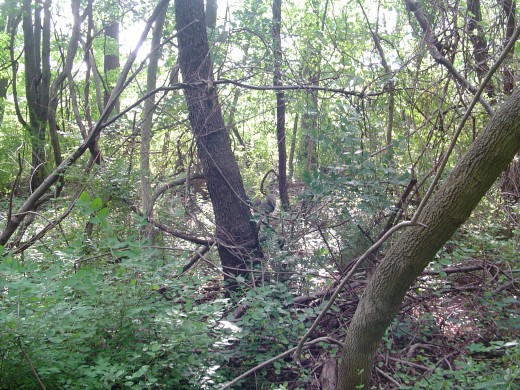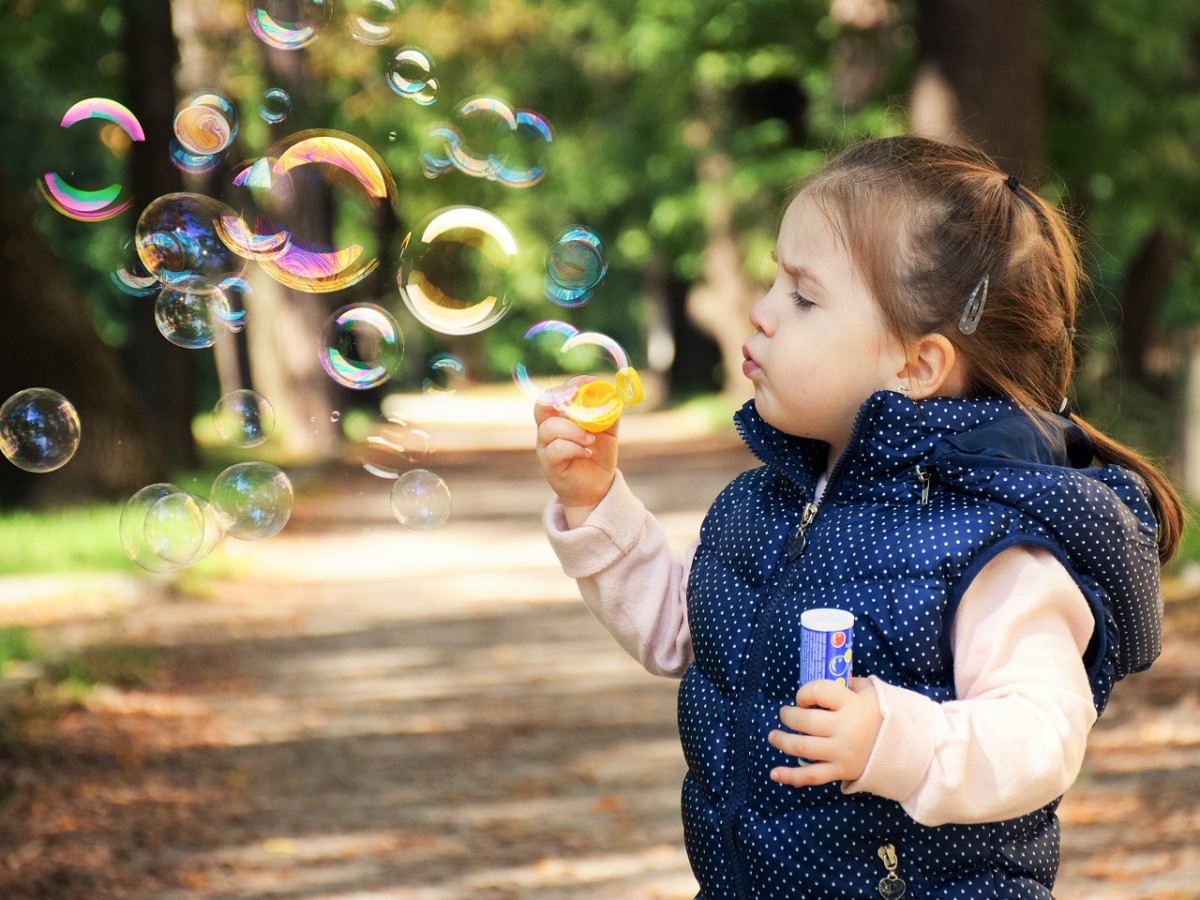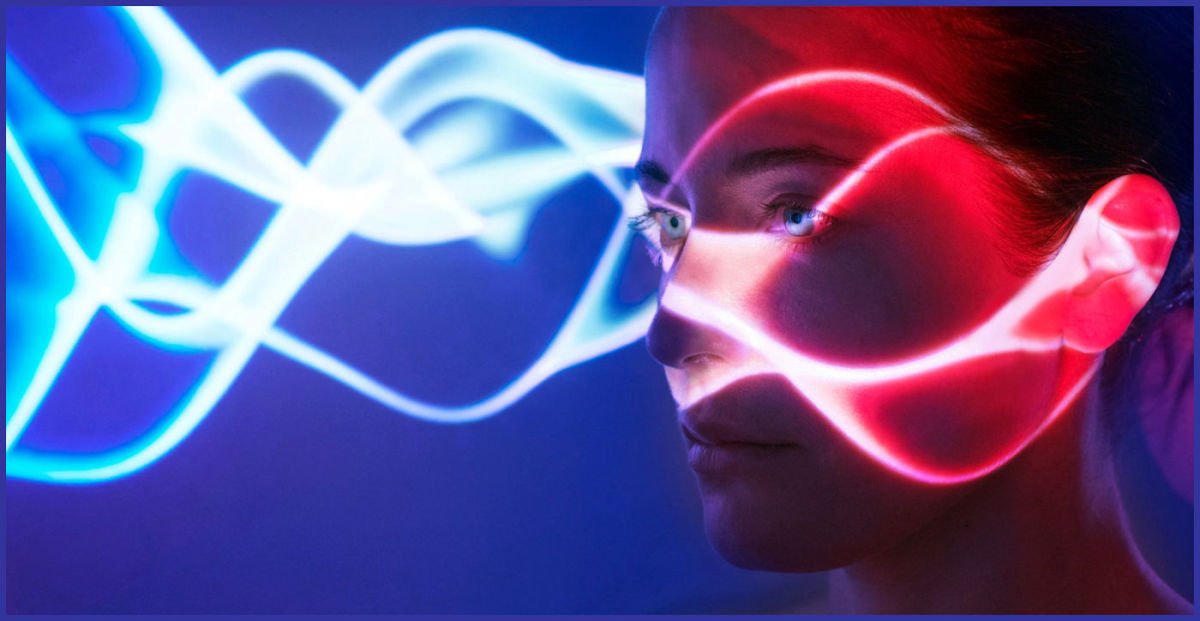Visual Sensory Walk for Adults - Learn to See Nature and Life
Sensory walk - a lot to see!
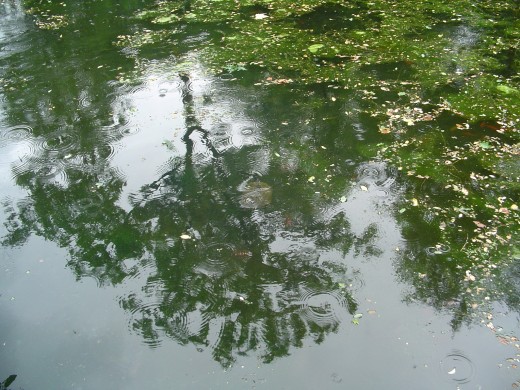
What is a sensory walk?
A sensory walk is a relaxing walk outdoors, while focusing on the experience one or more senses. While most people know how to see, hear or smell, the fast pace of life prevents people from actively experiencing their sensory input!
It is rather difficult to put the worries of life behind you, and a peaceful 30 minute sensory walk helps with these!
Sensory walk speed
In today's fast paced world, most people walk with a purpose. This means walking at high speed, rapid pace with a goal and direction in mind. This is great for getting a task done, but not for a sensory walk!
In order to enjoy your sense of sight:
- Slow down the pace of your walk and speed to 1-2miles per hour. Take short, slow, deliberate steps as you look around
- Put the sense of purpose out of your walk - you can enjoy the sense of sight anywhere!
- Do not focus on the sense of direction - just walk slowly and observe
Sensory walk examples

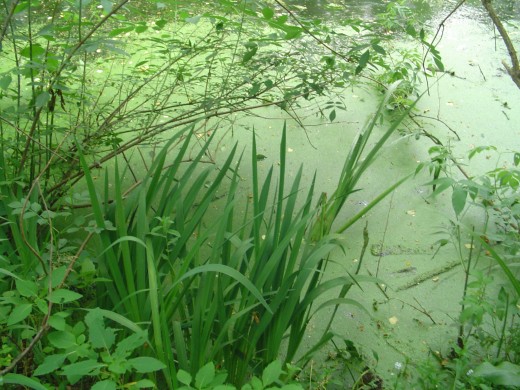
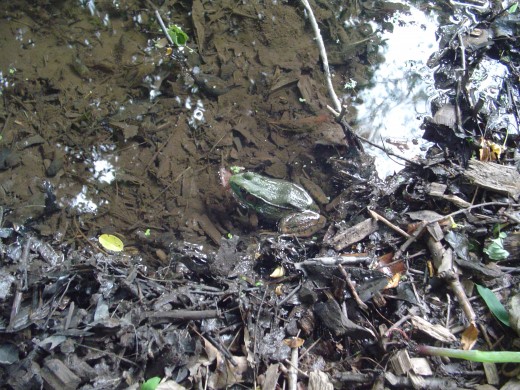

The visual experience
Visual sensory walk focuses on the sense of sight. If you try this, you would be surprised as to how hard it really is to let go of all thoughts and cares and simply enjoy the surrounding imagery of nature!
To start a sensory walk, start looking at one object. For example a tree:
- Look at any tree, see the entire tree from the trunk to its branches
- Do you see how the tree stands out from the rest of the trees around it?
- Where does a tree end?
- Push your vision past the tree and appreciate the sense of depth that is often present in a forest due to multiple shadows and light effects
- Look at the colors. The forest is green, but light, shadows and different trees create so many variations of the color green!
Try to describe or find words for what you are looking at. Find words for sights and colors. This would be hard!
Now that you warmed up, look at the movement:
- See how tree branches and leaves gently move in a breeze
- See how trees sway after one another in a strong wind.
- Capture movement at the edge of your perception and focus on that: see butterflies, bees and birds fly around.
Next, focus on the things that your mind usually filters out:
- Look at the clouds and the sky. Notice the shape of the clouds and the hue of the sky. Are the clouds moving?
- Look at the ground and see the hundreds of little details - it is a world of its own!
- Next, shift your attention to the eye level. Find 3 interesting objects to look at and name them.
Man made objects
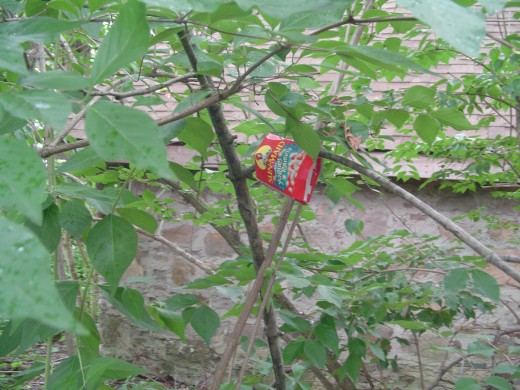
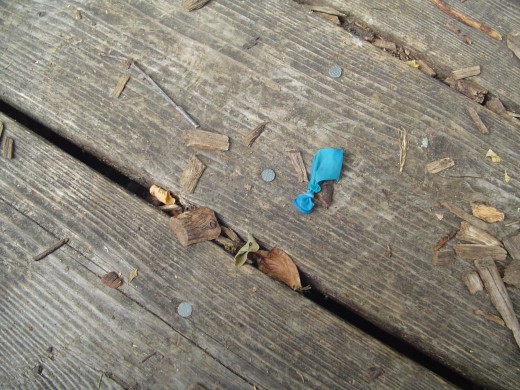
Artifacts and perception of fine details
Play a detective if you wish. Notice things out of place. Human made things or signs of human activity. For example:
- A bit of aluminum foil on a forest trail
- A cigarette butt
- A trail lined with cut pieces of wood
- Precise straight cuts on wood or bushes.
- If you are near a creek, look for man made debris in the creek.
Living creatures
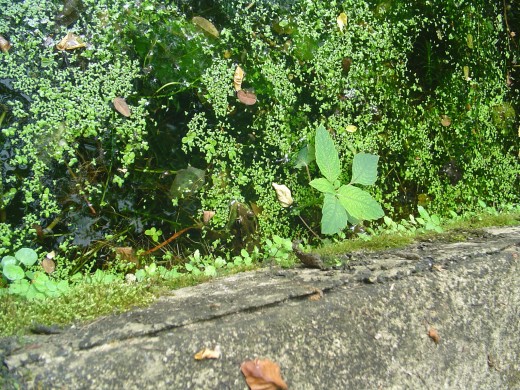
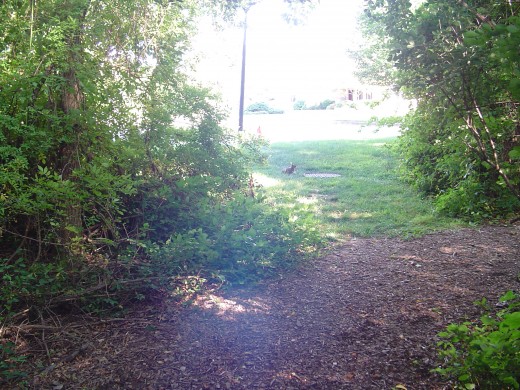
Sensory walk tips and tricks
A sensory walk is best performed:
- Outdoors - this allows you to walk slowly
- In nature - there are a lot of things that you've never seen or paid attention to!
- A secluded space - people would fill your mind with other concerns
- A safe place - you don't want to think of wild animals or dogs
- A quiet place - put your phone on mute
Additionally, leave your wallet or valuables in your car. There's no reason to bring them with you, and they will distract your attention!
Avoid taking pictures until your 3rd or 4th walk. Taking pictures is a distraction in this case!
When you stare at a squirrel, the squirrel stares back!
